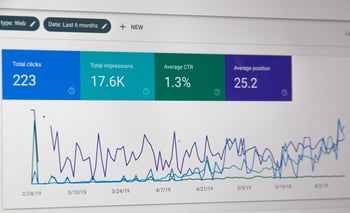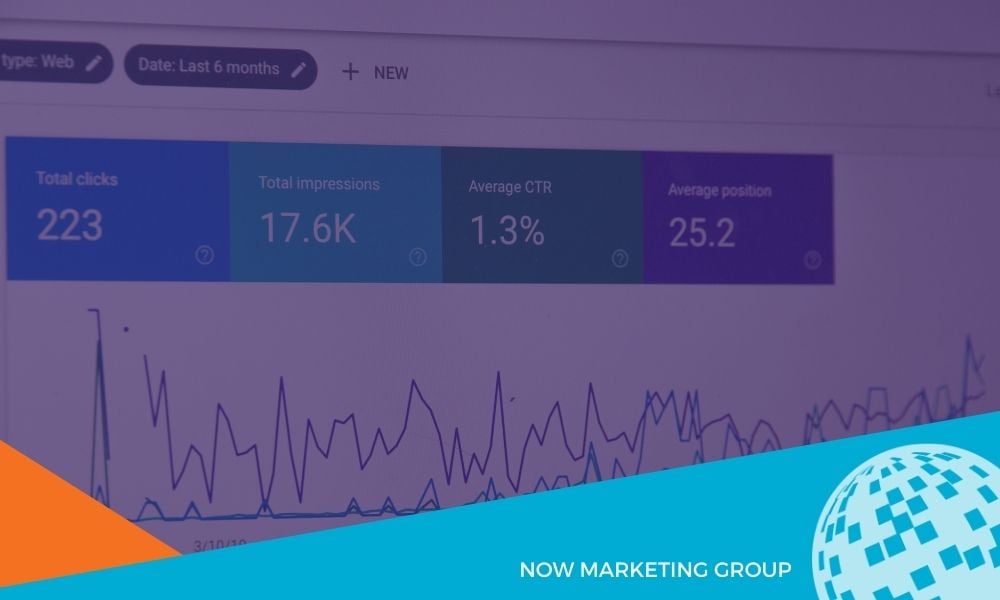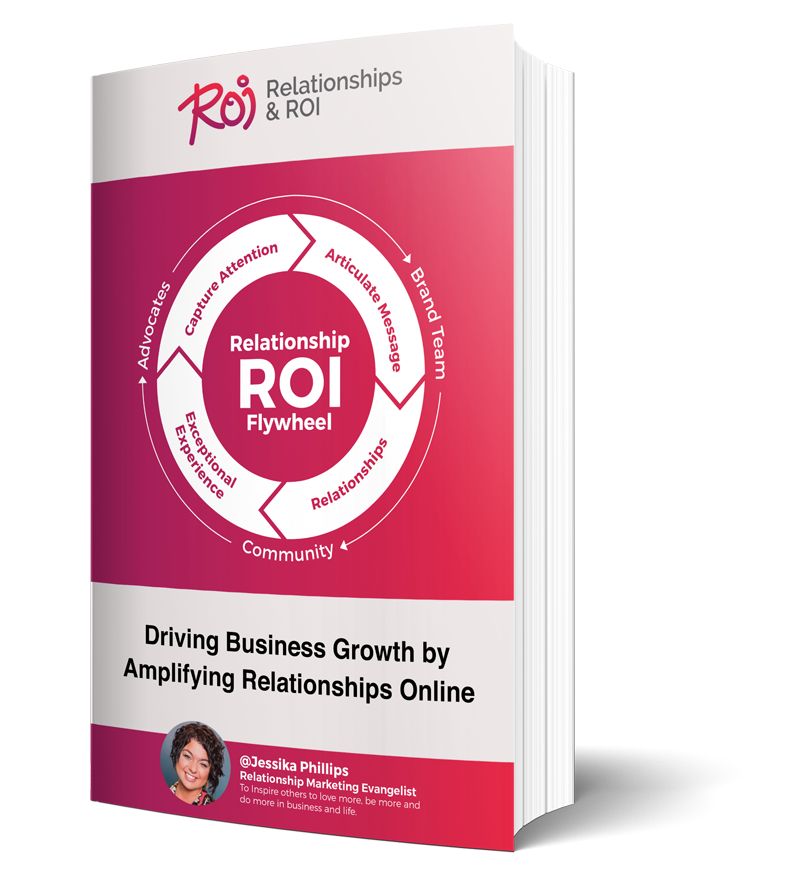While data might be the least sexy area when it comes to social media and digital marketing, it’s one of the most important.
Data is the key to helping us to understand whether our efforts are impactful. However, because there is so much data available nearly everywhere, it’s easy to get overwhelmed.
We invited our friend, rockstar data expert Brie Anderson, onto Magnet Marketers to do a deep dive into what metrics are most important to track and how to get started as brands.
Brie E Anderson is an analytical nerd with a soft spot for strategy. Her experience ranges from startups and nonprofits to Fortune 500 companies. Today you can find her at a coffee shop running her consultancy BEAST Analytics where she creates data-driven strategies for her clients, conducts strategy audits, and contributes to industry publications such as Moz and Search Engine Journal.
Brie is not only a rockstar speaker and marketing merch creator, but also an amazing content creator on both TikTok and YouTube.
Avoiding Overwhelm With Data Collection:
When it comes to getting started with data collection, it can be easy to get overwhelmed. That’s why Brie recommends going back to the basics and starting with a simple goal.
We need to start with our main objective first.
 Once we have our main objective, we can start to work backward to find out what other key performance indicators are that help lead to the purchase point.
Once we have our main objective, we can start to work backward to find out what other key performance indicators are that help lead to the purchase point.
For example, let's say you want to track the number of purchases made on your website; that would be your main goal.
While you do want to focus on tracking that data, but you also want to look at time spent on-site and referral channels to get more insight into your website user’s behavior.
Tracking your main goal is the only way to know whether the efforts you're taking are leading towards it.
Not to mention, tracking data helps to better understand exactly who your audience is and their behavior. This is hugely insightful because while it’s easy to assume you know your customers, the data often tells a different story.
Why Goals Matter:
If the goal of collecting data is to make strategic marketing decisions based on data, then the process needs to be simplified.
By focusing on your main objective, you're able to take away the overwhelm that can often accompany jumping into Google Analytics.
Knowing the specific data that you're looking for allows you to focus and have a clear head when capturing the data; it’s how you know what metrics to include when creating custom dashboards in Facebook Ads Analytics or Google.
 Otherwise, it’s easy to get lost because there are more than 100 columns of data available in Facebook’s Ad Analytics.
Otherwise, it’s easy to get lost because there are more than 100 columns of data available in Facebook’s Ad Analytics.
Not all data matters in every instance; which is why knowing your goals is a crucial step in the data collection process.
The Power Of Data And Analytics:
There is so much power to understanding data and analytics. While it’s certainly not for everyone, it doesn’t have to be daunting.
Tools like data studio (peep that link for a super helpful video from Brie!) can help to create visualizations to illustrate the data.
 Not to mention, this tool can show what social posts have generated traffic.
Not to mention, this tool can show what social posts have generated traffic.
This data can not only be hugely helpful for visual processors, but it gives you insight into what efforts are worthwhile when it comes to our social strategy!
Another tool worth using? >> UTM Codes.
UTM Codes tell Google the specific source and medium that traffic is coming from. Through the creation of a unique URL, that you’ll use for each campaign, you can directly attribute money to different campaigns/strategies created.
For instance, your brand could have an excellent paid campaign but if your checkout process is clunky, it makes for a poor user experience. (You’ll probably see that the data inside of Google Analytics - shows strong clicks from the campaign but low conversions.)
Analytics and UTM Codes are how marketers build an understanding of how a user is being referred to your site - through social media, paid ads, organic search, and direct referrals.
It's important to know if your website visitors are leaving after a few seconds or struggling to purchase.
 Understanding this user behavior will help you make educated updates rather than spending time on something that won't impact your bottom line.
Understanding this user behavior will help you make educated updates rather than spending time on something that won't impact your bottom line.
For instance, if the analytics show people are dropping off during checkout, playing around with the visuals of your campaign isn't going to make a difference. Adjusting the friction points during checkout will be where you should be spending your time.
Getting Started:
The first step to getting started is to set up Google Analytics.
You need to start tracking your website analytics immediately.
Google Analytics is free to use, making it a no-brainer.
Not to mention, it’s a tool that is constantly evolving, offering more and more insight by the day for marketers.
Another area that’s worth looking into is sentiment analysis. While it’s difficult to measure, especially because the vernacular is different in different areas, you can learn a lot from taking a look at it.
A few tips for getting started with meaningful data collection:
- Make a word map: Take all of your online reviews and throw them into a word map! This is a great way to see what words come up the most, which helps show what your customers value.
- Competitive research: Take a look at the reviews for your competitors, especially the negative ones. This will give insight into where/why the experience went wrong so that you can be sure to learn from their mistakes.
- Use reviews to shape content: Start using customers’ reviews and incorporating their words into your content! Letting them tell the story is more powerful AND shines a light on your community.
Another way to tap into what your customers are talking about? >> Google Trends.
 Google Trends is a great tool to use in SO many ways, like:
Google Trends is a great tool to use in SO many ways, like:
- Look up your competitor’s names and see how you're tracking against them
- Find what terms/topics Google associates with your brand
- See which topics/keywords are performing better
...and so much more. This data allows you to better understand your audience. The more you understand about their interests, online behaviors and preferences, you'll be able to create an experience which will in turn build repeat and referral business.
At the end of the day, data is the golden ticket. It’s what enables marketers to understand audiences, make changes that cater to them AND assess whether campaigns and strategies are working.
What do you think? What data are you currently tracking? We’d love to hear your thoughts on Google Trends and/or other tools you’re using!




Comments